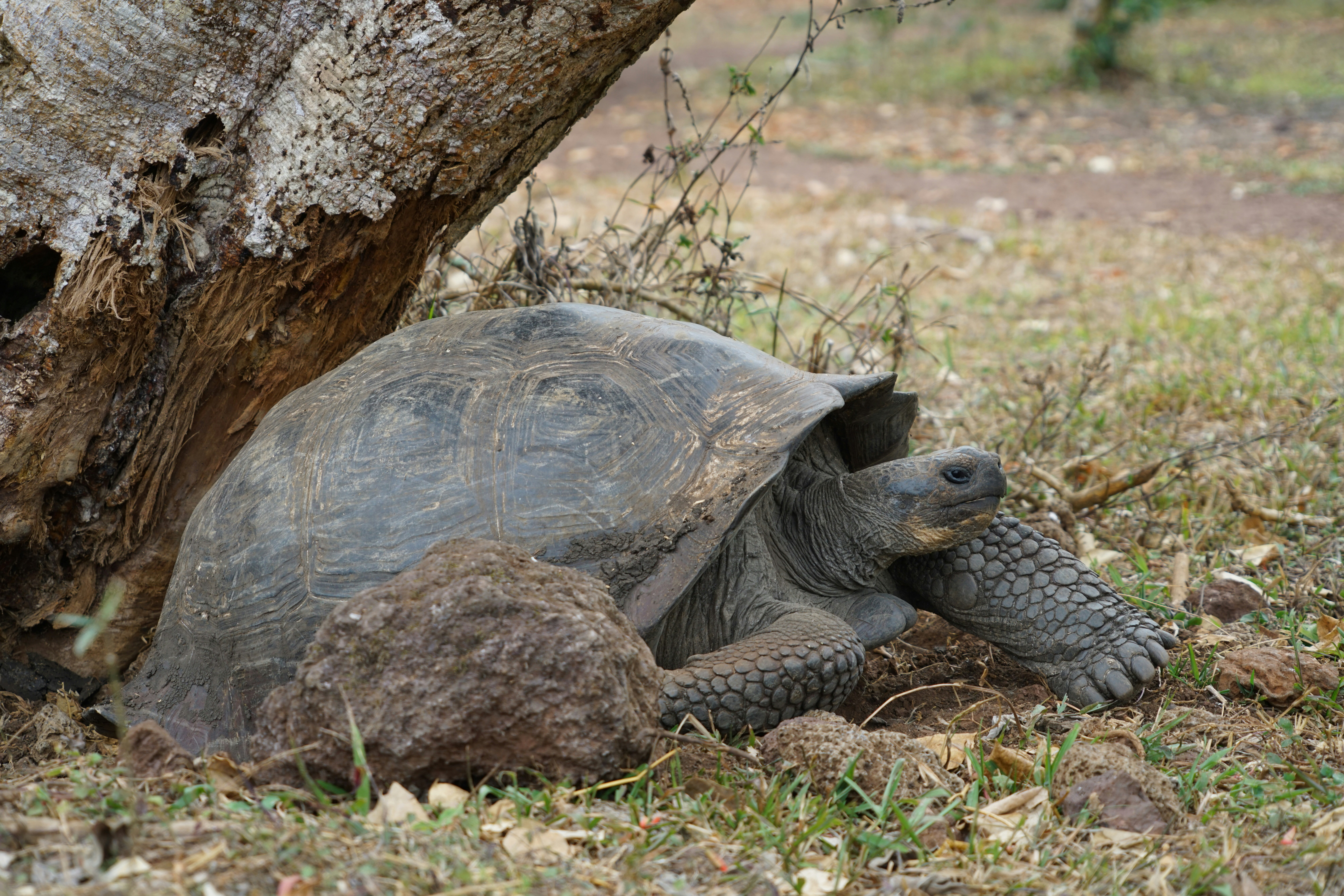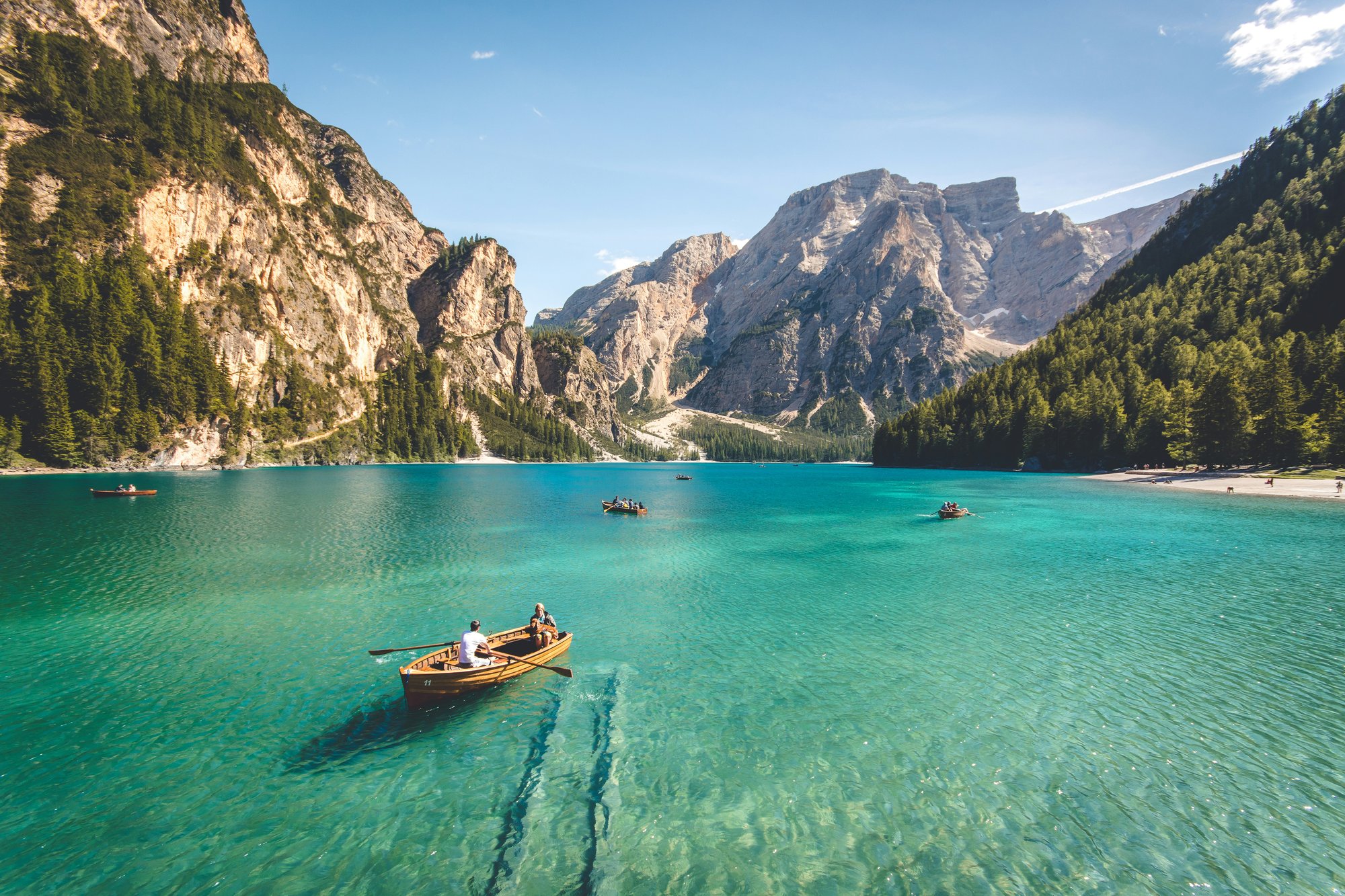Slow travel is a state of mind not the number of days you’re away
When the Italian journalist Carlo Petrini gathered with protesters in Rome in 1986 to demonstrate against the first ever McDonald’s franchise in Italy, he probably didn’t expect that they would spark a global movement against the industrially produced, processed food McDonald’s is known for. Yet the demonstrators’ cries of, “We don’t want fast food. We want slow food!” as they handed out bowls of perfectly cooked spaghetti at the Spanish Steps marked the beginning of the Slow Food movement that has radically transformed the food world.
Today the protesters’ demands–for locally grown ingredients, regionally based cooking that respects cultural traditions, and respect for the planet and the animals that provide those raw materials–are a given in any discussion about healthy, quality food.
Slow Food has sprouted many other “slow” movements—slow living, slow fashion, slow art, and slow travel to name a few. Like Slow Food, the other "slow" movements reject the chaotic pace of modern life and want to replace it with slower, more meaningful experiences.
For slow travel adherents, that translates to a rejection of mass tourism and its emphasis on frenzied drop-in/drop-out travel which is just another form of capitalism. Instead, slow travel encourages connecting with local people, cultures, food, and music, and being open to the differences you may find in them. It often means spending more time in fewer places resulting in deeper experiences.
Slow travel has been around for at least a decade but recently has gained wide acceptance. A 2023 survey by American Express found that, “Over 94% of Americans want to experience slow travel in the future.”
Several post-pandemic trends are converging to make going slow more popular. One is the rise of digital nomadism, which allows people to work and live in a foreign country for extended periods of time as long as they have an internet connection. And, perhaps in response to the trauma of the pandemic, more people have begun to re-evaluate their life choices and are taking lengthy sabbaticals to rethink them. Often they do this rethinking while on a long trip to a remote destination.
But here’s the rub: A small survey by high-end luggage brand Carl Friedrik reports that, “The average American takes only 8 days to travel on vacation per year.”
So how is slow travel going to work for all those who aren’t able to take sabbaticals or work remotely?
Luckily, slow travel is not just about the length of your trip. It is a mindset, an approach to travel.
It is having a willingness to be open to new and authentic experiences in foreign cultures. It is venturing out of your comfort zone to experience a different way of life.
For us at Global Basecamps, slow travel has been our guiding philosophy since the beginning, although we never called it that. We seek authentic experiences and meaningful interactions with our destination communities. We encourage immersion in the culture. We believe in sustainability. We respect the local ecosystem and its plant and animal inhabitants. These have been our values since we began in 2009.
We are certainly glad the rest of the world is catching up with us.
Here’s how we do slow travel:
Get Off the Beaten Path
Even in Florence, you can lose yourself in untouristed neighborhoods. Photo by Nikola Bikar on Unsplash.
You might think that it’s impossible to be a slow traveler in a highly touristed city like Florence, Italy. Not true.
Slow travel is an attitude toward traveling, and you can adopt it anywhere, for however long you’re there.
Start by wandering, taking the long way around, getting away from the tourist crowds, and exploring a place at your own pace. In your free time, you can roam aimlessly instead of scheduling several different activities to fill the hours. You can find a family-run restaurant for lunch, a place where the menu isn’t translated into English, and where you will find locals eating instead of tourists. (So what if you end up with a whole large black squid perched on top of your spaghetti as a friend of ours did? Just chalk it up to experience.) You can walk instead of taking cabs, the better to get a native’s view of the city’s beauty. You can have the delight of discovering an excellent little pastry shop or a talented young jeweler who has not made it into the tour guides yet. For now, they can be your secret. Did you cross the famous Ponte Vecchio or see the tombs of the Medici family? No, but you got a glimmer of the life of a native Florentine living today. And that is the essence of slow travel.
Make Connections with Local People
Slow travel encourages connection with local people, cultures, and traditions. We build these connections before our clients visit so that they are greeted as potential friends, not just people passing through. We partner with local providers who pay their employees well. We encourage spending money at local markets on goods created by local artisans and we strive to make a positive impact in the communities we visit. The foundation for the relationships is respect for the community and an acknowledgment of their worth outside of their value to the tourist economy. That means an authentic appreciation of their culture, their food, and their way of life.
Some of these connections would certainly never happen without a slow travel experience. On safari with Global Basecamps in Tanzania, you will have the opportunity to meet fascinating members of several semi-nomadic tribes who follow traditional and distinctive cultural practices. For the Maasai tribe, nothing is more important than their cattle, and people and cattle move together to find grazing land and water. As you enter their village, you will be greeted like friends, with the village elders, children, and Morani warriors lined up to meet you.
You’ll also meet members of the Hadzabe tribe, one of the last true hunter-gatherer cultures in Africa. They lived there in isolation through the advent of pastoralism and agriculture but their entire way of life is now stressed by the encroachment of cattle farmers and government attempts to put them in permanent settlements. Their language, now spoken by only 800 people, is unrelated to any other language on Earth. As one of the oldest human genetic lineages on earth, they may offer insights into the origins of modern humanity. With their belief in an egalitarian society and their ability to live lightly on the land, they have a lot to teach us. The chance to meet and get to know these people is a true privilege
Ditch the Time Obsession

On the Galapagos Islands, the only important time is on the geologic scale. Photo by Heidi Bruce on Unsplash.
Letting go of our modern-day time obsession is the epitome of slow travel. One of the best ways to do that is to spend a few days with giant tortoises in the Galapagos where the only important time exists on a geologic scale.
In slow travel, if the question is, “What time is it?” the answer might be, “Time to measure and weigh the sea turtles.” So you head out into stunningly beautiful Magdalena Bay on a little panga to check the nets. You retrieve the sea turtles, bring them back to the lab for weigh-in, and release them back into the wild knowing your efforts are crucial to their survival.
Go Sustainably
Some of the most authentic experiences can be found by exploring on foot. Photo by Alex Knight on Unsplash.
Slow travel favors sustainable transportation options such as trains, buses, walking, or biking. Yes, we do a lot of flying to get to these remote destinations and that leaves a large carbon footprint. There’s no other practical way to travel vast distances right now. But to mitigate the carbon emissions of flying GBC purchases carbon credits.
In-country, however, our clients revel in sustainable means of transportation whenever possible. In Japan, our clients travel by train, bike, and foot while getting a close-up view of the cities. What better way to gain insight into Japanese culture than to ride the high-speed Shinkansen bullet train? Or take the 8-hour bus ride across the Peruvian altiplano to Cusco. On this spectacular journey, you have the opportunity to travel like a local instead of a tourist while marveling at the Andes.
Make a Positive Impact
Care for the planet is a foundational principle of all the slow movements and it’s in our company DNA too. When we travel we aim not just to minimize negative effects on the local ecosystem but to have a positive impact.
In 2014 and 2015, Global Basecamps, along with local partners, supported a project for the planting of Queuña trees in a blighted area around Cusco, where over-foresting and non-native invasive species had all but wiped out the native trees that once thrived there. Reforestation projects are one of the best ways to reduce the amount of carbon dioxide in the atmosphere. There are important additional benefits: preventing flash floods in the area of the Lares watershed; providing firewood for the local communities; and job creation, as members of the community are paid to plant and care for the growing trees.
In Cambodia we partner with Waves for Water in an innovative program to bring access to clean water to the Kampong Khleang Floating Village. This allows us to make a positive contribution to a very deserving community.
Protect Wildlife
Thusa and Kusasa, the first white rhinos to live in Hwange National Park in nearly 20 years.
Protecting wildlife is a major goal of slow travel. We support projects that are meant to do that. In Zimbabwe, our partner, Imvelo Safari Lodges, runs the Community Rhino Conservation Initiative, a groundbreaking project responsible for reintroducing white rhinos back into Hwange National Park where they had been eradicated by poaching. Thanks to this project, our clients have the rare privilege of meeting Thusa and Kusasa, the first two white rhinos to roam Hwange in nearly 20 years, in their new home in the 500-acre Imvelo Ngamo Wildlife Sanctuary.
If you’d like to meet Thusa and Kusasa–or find out more about any of the trips mentioned above–contact us at travel@globalbasecamps.com to start planning. We have many other travel options. And remember, any trip can be customized based on your preferences.
Now’s the Time…Turkey
The Basilica of Hagia Sophia in Istanbul. Photo by Raimond Klavins on Unsplash.
Turkey is delightful in September and October when the summer crowds have thinned out and temperatures have dropped a bit. If you want to visit this fall, now’s the time to book your trip. Take a look at a sample itinerary to see what delights await you. Remember we can customize any itinerary based on your specifications. And we are always here to help you. Contact travel@globalbasecamps.com.














